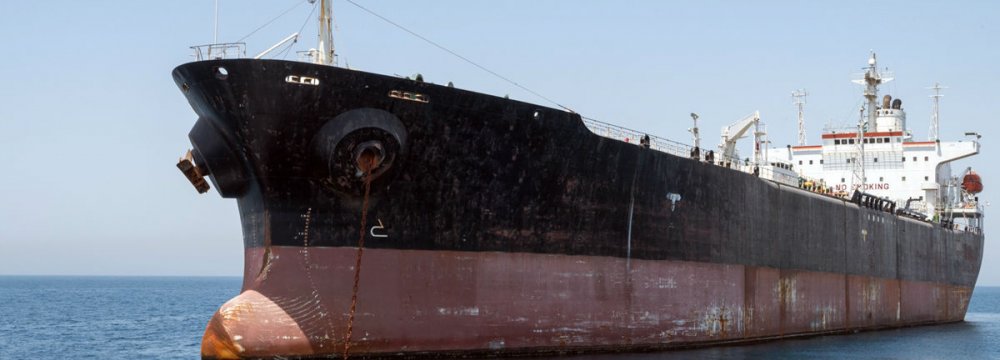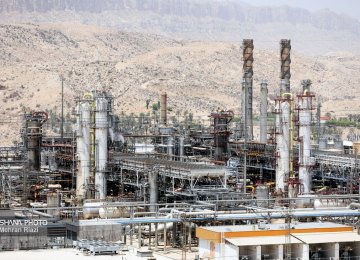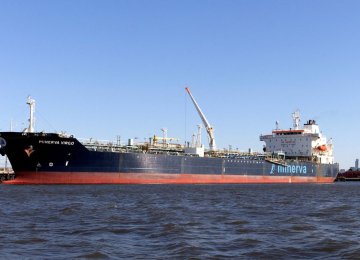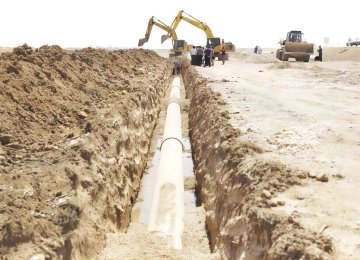Iran's crude oil traded at about $43 per barrel in the week to June 30 amid concerns about rising US crude inventories and limited impact of an OPEC-led scheme to reduce supplies and raise prices.
Iran Heavy, the country's main export grade, gained 78 cents to reach $43.71 per barrel in the week. Iran's light crude settled $1.79 higher at $43.82 per barrel, IRNA reported on Sunday, citing a report by the Oil Ministry.
The increase comes against a backdrop of a slowdown in global markets and falling crude prices that are struggling to bounce from multi-month lows.
The price of OPEC basket of 14 crudes stood at $46.52 a barrel on Thursday, compared with $47.04 the previous day, according to the latest OPEC Secretariat calculations.
Global benchmark Brent crude settled down $1.40, or 2.9%, at $46.71 a barrel on Friday and US West Texas Intermediate crude futures finished $1.29, or 2.8%, lower at $44.23 a barrel, after trading as low as $43.78. Shana, the official Oil Ministry news portal, said on Sunday Iran's crude exports in June averaged 2.15 million barrels per day with most shipments destined for ports in Asia and Europe.
Average exports in 2017 have been slightly above 2.1 million barrels per day, the report said. European customers have taken in nearly 1 million bpd of Iranian oil this year.
The data exclude the export of condensates, a type of ultra light crude. According to ministry data, Iran sells between 600,000-700,000 barrels of condensates daily.
OPEC, Non-OPEC Cuts
Thirteen OPEC members and 11 other nations, including Russia, decided on May 25 to extend their agreement to reduce daily crude output by 1.8 million barrels per day by nine month to March next year. But prices have since struggled to break above the $50-per-barrel threshold and markets reacted negatively to the announcement. Some analysts have suggested that global markets were disappointed by OPEC and its partners' failure in introducing deeper cuts.
OPEC, particularly its de facto leader Saudi Arabia, is not doing enough to prop up the market. Data show OPEC exports were 2 million barrels per day higher in June than in 2016 despite the extension of cuts.
Saudi Arabian Oil Company, or Saudi Aramco, also revealed last week that its daily crude production hit a new high of 10.5 million barrels per day in 2016, a disheartening announcement from the world's top crude exporter responsible for about 40% of the OPEC cuts.
Also weighing on prices is bulging US crude inventories.
The US Energy Information Administration said last week the country's crude oil production could hit a record 10 million bpd next year, up from 9.3 million bpd now, putting it nearly on a par with top exporter Saudi Arabia.











Add new comment
Read our comment policy before posting your viewpoints